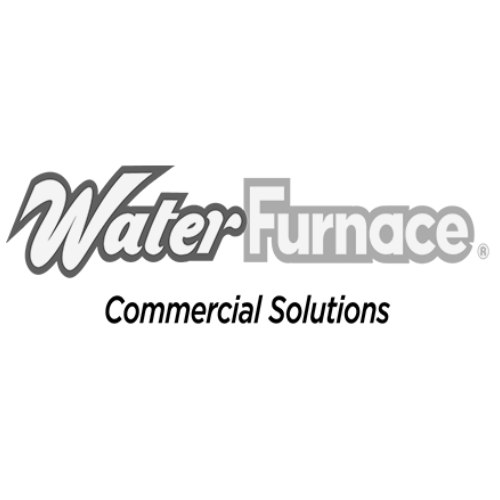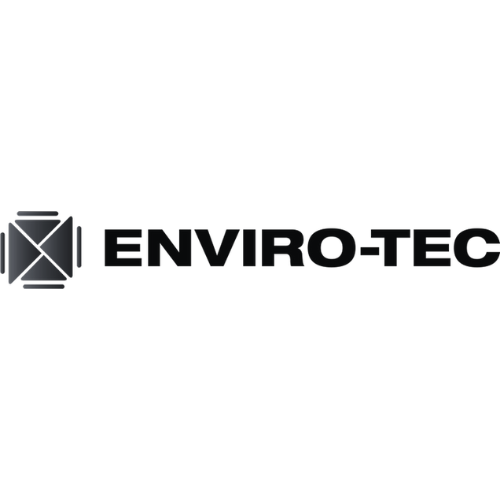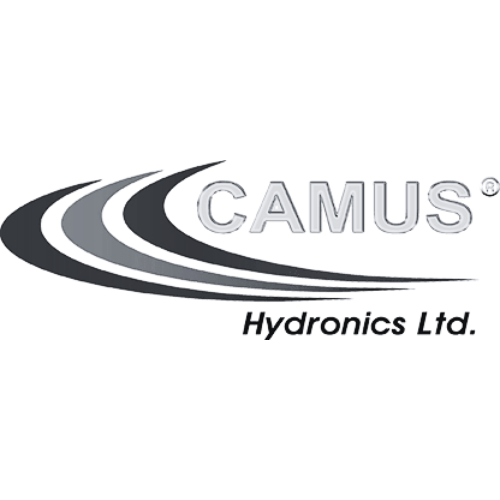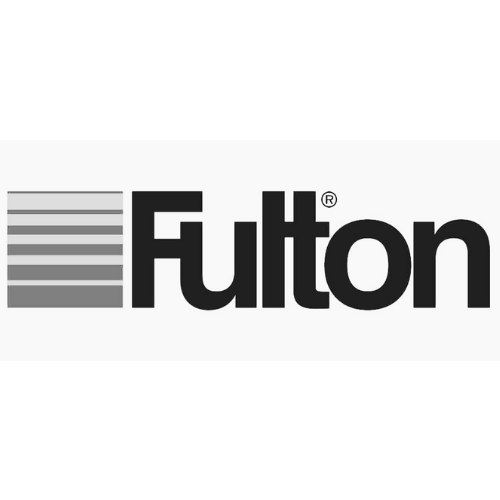Why Transient Voltage Surge Protection Matters
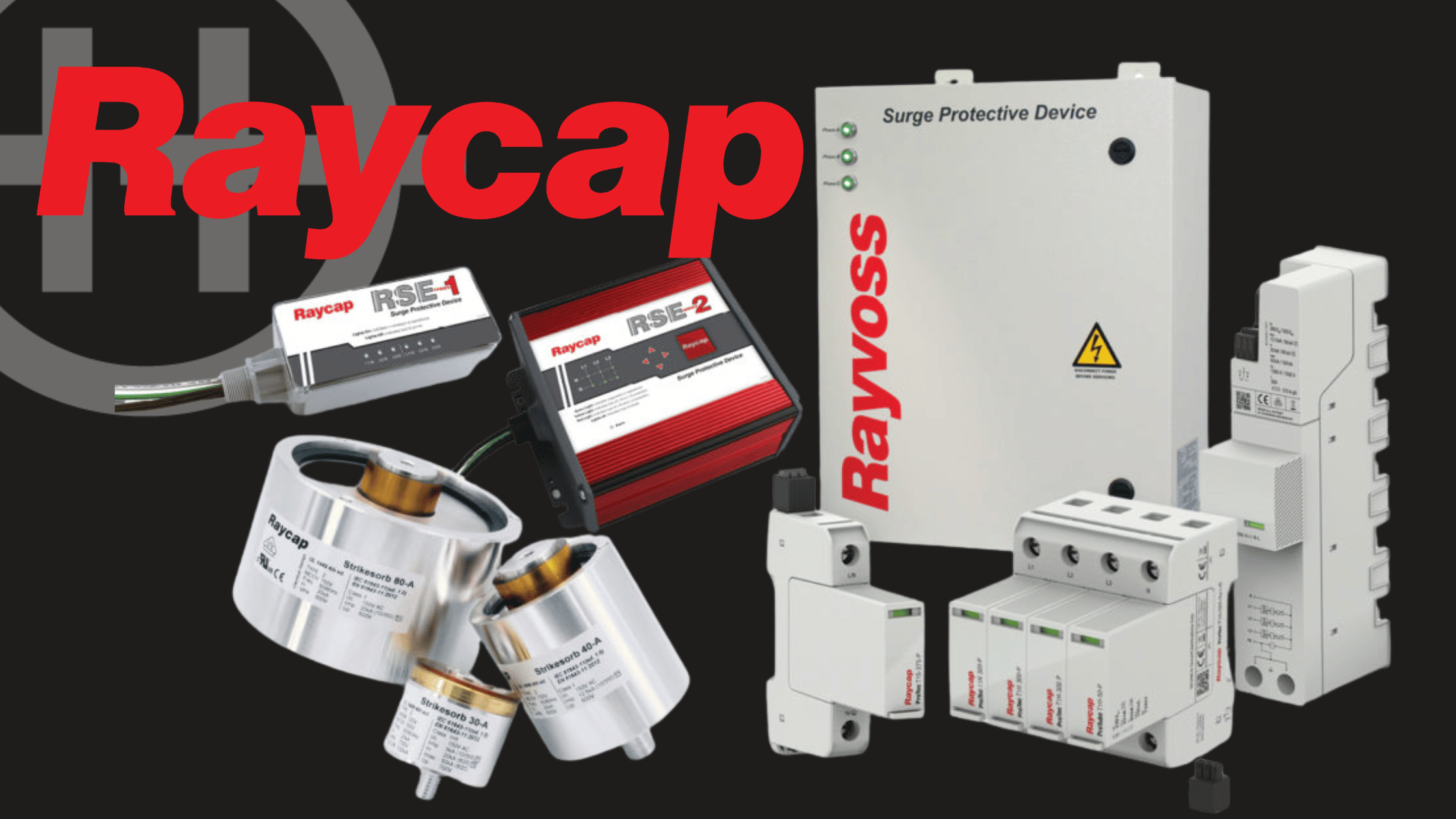
Many people do not realize that their company’s productivity and profitability is being
significantly impacted by the effects of poor power quality, specifically voltage transients. The problems associated with transient activity result in billions of dollars of lost profit to U.S. businesses every year.
The need for surge suppression is becoming even greater, as electronic components continue to get smaller and proliferate into nearly all personal and commercial appliances and equipment. As they are doing so, the integral power supplies are becoming smaller, more commoditized, and more cheaply built. As a consequence of this, these power supplies have become less resilient and prone to failure due to poor power quality. This makes the need for anomaly-free power even more critical.
What Are Voltage Transients?
Voltage transients, or surges, are brief spikes in voltage that can damage or degrade electronic equipment. These surges can come from:
- External sources: Lightning strikes, utility grid switching
- Internal sources: Switching of electrical loads, equipment malfunctions
The impact of these surges can range from immediate destruction to gradual degradation of electronic components, causing operational disruptions and increased maintenance costs. This is reinforced by the following quote from NEMA:
"Electrical equipment is subject to surge damage, and these results show conclusively
that everyday electrical devices are damaged by surges of the level expected in a normal
electrical distribution system. The application of a surge protective device within a home
or facility can alleviate the effects and save the cost or replacement for many electrical
or electronic devices." - NEMA Low Voltage Surge Protective Devices Section White
Paper".
Understanding High-Risk and Low-Risk Locations
High-risk locations are areas within a facility that are most susceptible to high-energy surge
events. These locations typically experience the highest levels of surge activity due to their
proximity to external sources of surges, such as lightning strikes or utility grid disturbances.
Examples of high-risk locations include:
- Service Entrances: The point where electrical power enters the building, making it highly vulnerable to external surges.
- Emergency Entrances: Critical for maintaining power during emergencies, these
entrances must be protected to ensure continuous operation. - Panels Feeding External Lighting or Pad-Mounted Equipment: These panels are exposed to external environmental factors, increasing their risk of surge events.
- Panels Feeding Rooftop Equipment: Rooftop equipment is often exposed to weather conditions, including lightning, making these panels high-risk.
The ideal surge protection device for high-risk locations must be capable of handling large surge events repeatedly with minimal degradation. It should also be designed to resist common causes of SPD failure, such as temporary overvoltage conditions and direct lightning strikes.
Cascaded Locations
Cascaded locations are downstream from high-risk areas and experience residual surge energy that passes through the initial surge protection devices. These locations also encounter frequent lower-energy surges originating from the panels they serve. Examples of cascaded locations include:
- Sub-Panels: Panels that distribute power to various parts of the facility, often
experiencing residual surges from upstream high-risk locations. - Critical IT Panels: Panels feeding sensitive and expensive equipment that require
protection from frequent surges to prevent operational disruptions. - Panels with Mechanical Equipment: Known to create surge activity, these panels need protection to ensure the longevity and reliability of connected equipment.
The ideal surge protection device for cascaded locations should have a low voltage clamping rating to reduce electrical stress on protected devices, minimizing degradation and operational disruption.
Industry Validation
Surge protection is not just a theoretical necessity; it has real-world implications. For instance:
"The most common cause of air-conditioning breakdowns is power surges and electrical disturbances, according to an analysis of insurance claims collected by The Hartford Steam Boiler Inspection and Insurance Company in Hartford, Connecticut." - Consulting – Specifying Engineer
"A pump could be considered the heart of the water system…Like your own heart, it can
be susceptible to stoppage from an electric shock...Externally generated surges, such as
lightning, send a large impulse down the power line. This energy will destroy the
winding insulation in the motor, disabling the pump…Internally generated smaller
surges can impact the performance of critical pumps. These surges will slowly break
down the winding insulation of the motor, eventually causing a failure unless caught by
the predictive and preventive maintenance program…In the quest to reduce costs and
eliminate downtime, surge protection is an important part of the pump system." -
Pumps and Systems“…As the electrification of the U.S. economy continues and new forms of generation are developed (renewable energy sources), it will be more necessary than ever to protect this valuable infrastructure from unwanted surges. And as damage claims continue to climb in value, insurance companies will begin to require SPDs on residential dwellings that are particularly vulnerable.…” - What the 2020 NEC Surge Protection Mandates Mean, EC&M Web
Protecting Your Facility with Raycap Surge Protection
Raycap offers a range of SPDs designed to provide comprehensive protection for your facility. Their products are engineered to handle large surge events repeatedly with minimal
degradation, ensuring long-term reliability and performance.
Rayvoss SPD
Ideal for high-risk locations, the Rayvoss SPD utilizes Strikesorb MOV technology to:
- Withstand direct lightning strikes and temporary overvoltage conditions
- Operate without internal fusing, making it robust for service entrances and other high risk areas
- Deliver unmatched surge handling performance through rigorous testing and validation
RSE2 SPD
For cascaded and critical locations, the Raycap RSE2 SPD offers:
- Superior clamping voltage performance due to its unique pill-stack MOV design
- Lower internal impedance, providing better protection for sensitive electronic
equipment - Minimal stress on protected devices, reducing the risk of operational disruptions and
extending equipment lifespan - Compliance with Industry Standards
Investing in Raycap surge protection solutions is a smart decision for any facility looking to
protect its electronic equipment from the damaging effects of power surges. With products like the Rayvoss and RSE2 SPDs, Raycap offers reliable, high-performance solutions that meet industry standards and provide peace of mind. Don't let power surges disrupt your operations, choose Raycap for superior surge protection.





